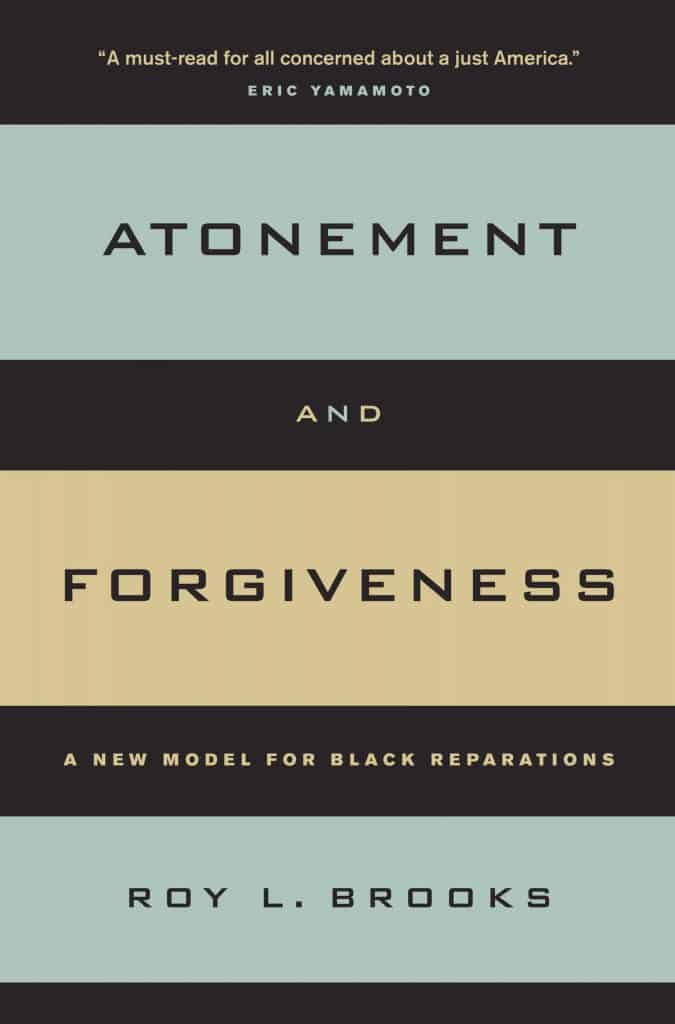The fundamental purpose for redressing atrocities is to accentuate
Roy L. Brooks, author of Atonement and Forgiveness: A New Model for Black Reparations
a common humanity between perpetrator and victims.
An issue sure to be part of the 2020 election cycle is HR 40, the commission to study reparations for African Americans. In his op-ed in the Los Angeles Times, Roy L. Brooks, author of Atonement and Forgiveness: A New Model for Black Reparations, shares his reasons for why the atonement model — instead of the settlement, or tort, model — may better serve African Americans and the nation.
Brooks notes: “For African Americans and the nation as a whole, the question of reparations is the most significant issue in the quest for racial equality since the passage of civil rights legislation in the 1960s. With race relations today severely challenged and getting worse, black reparations can be an opportunity to turn things around — but only if we seize upon this moment with probity and intelligence. . . . .
There is no apology or admission of guilt by the perpetrator under the tort model; no personal accountability. There is only a settlement, which allows the perpetrator to declare victory and go home. It does less well by the victims. South African scholars report that victims of apartheid who received cash reparations were poor again within a year of receiving them.
The atonement model, by contrast, is forward-looking and perpetrator-focused. It pursues restorative justice. In other words, the goal is for the perpetrator to reclaim its moral character by initiating conditions that help repair its broken relationship with the victims. Restorative justice imbibes a post-Holocaust vision of redress whereby the perpetrator comes to recognize and identify with the victims’ humanity.”
Read more of Brooks’ op-ed. And read an excerpt from Atonement and Forgiveness.

